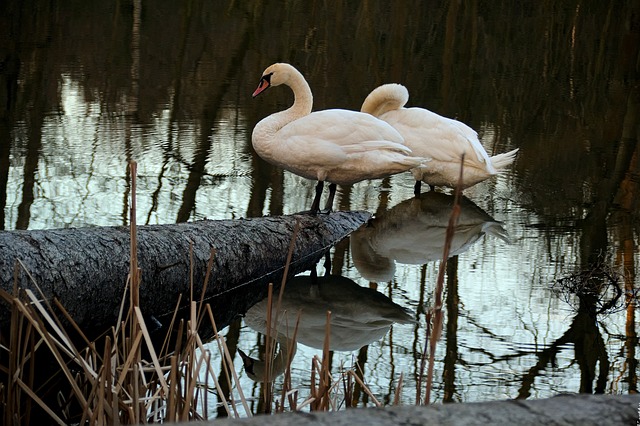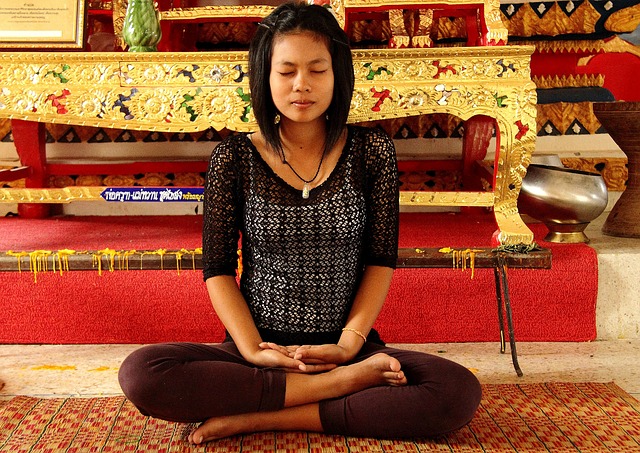It is highly unlikely that you see what I see or what other people might see.
So much of what we see is filtered by our past experience and our thoughts and emotions generated by those experiences. So, what each of us see when experiencing a scene like the picture in this post of the Manly foreshore at sunrise, might be very different.
If you are a runner you might focus on the runner in the foreground, the idyllic environment for their run and their running style. If you have recently visited Stradbroke Island, you could be looking at the island in the background and searching for the tell tale sandhills while remembering an enjoyable aspect of your visit there.
If you have experienced a tsunami, the water and its calmness might remind you of your horrifying experience that followed in the wake of a calm sea. Instead of calming you, the scene might generate fear in you.
If you love trees you might focus on the different varieties of trees along the shorefront or notice the bright aura of the fir tree in the foreground. If you have an interest in photography, you might critique the photo itself and its technical aspects of shade and light, contrast, background and foreground, positioning of key elements or the impact of the rising sun illuminating the image. A landscape artist could be deciding whether to paint the scene in its totality or to focus on the trees.
If you are inwardly focused and preoccupied with worry or concerns about the day ahead, you might be unaware of what is actually in front of you.
What we attend to influences what we see or don’t see. Our attention, in turn, is influenced very much by what has happened previously in our life and/or what is happening now for us.
Jon Kabat-Zinn has this to say about our limited perception and the influence of our thoughts and emotions on what we actually see:
Instead of experiencing the bare actuality of our senses, we are more experiencing our life through our thoughts about our experience – our preferences, likes, dislikes, our worries, concerns or addictions, and in a sense not fully inhabiting the full spectrum of our innate capability.
This is one reason why open awareness is a very important mindful practice if we want to grow in mindfulness and reach our full potential. Otherwise we can be lost in our thoughts and miss the world around us, its richness and beauty.
Image source: Copyright R. Passfield









